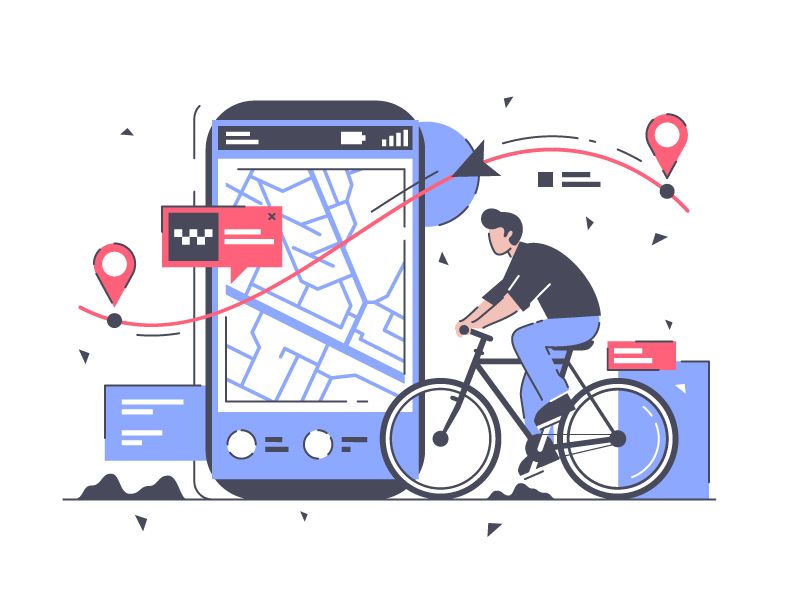
Oct 26, 2020
. .
3 min read
UX Design and Gamification
The gaming industry is unparalleled when it comes to keeping its users engaged for extended periods. UX designers, working on digital platforms
The gaming industry is unparalleled when it comes to keeping its users engaged for extended periods. UX designers, working on digital platforms belonging to business and brands, realized they had much to learn from the gaming industry, in their quest to build more engaged user bases?
The riseOver the last decade or so, UX designers have borrowed and experimented with various aspects of gaming, applied to more serious contexts on business websites and apps.
A new buzzword emerged in business circles – gamification. Businesses and brands were tripping over each other in their haste to jump aboard the bandwagon.
Gamification may be described as the technique of applying gaming principles and mechanics to a non-gaming environment - such as a business website or mobile application.
It was a powerful new tool that UX designers could use to inject a sense of fun, excitement, participation, collaboration, goal-setting, achievement and gratification all working together to create deeper and more meaningful user engagement on subjects that may not otherwise have held top-of-mind relevance or immediacy for users.
The fallBut it has not been all smooth sailing. In adopting gamifcation, UX designers experienced varying degrees of success. In cases, excessive, indiscriminate and ‘forced’ deployment created user impediments and proved detrimental to seamless user experience.
No surprise, given that aspects of game-play – for instance problem-solving or clearing one level to get to the next – go against some of the basic tenets of good UX design: Don’t make the user have to think (too much) or put impediments in the user journey.
It was even perceived in some quarters as flippant gimmickry and unhelpful frippery.
The resurrectionOf course, since then the concept has matured.
UX designers have learned through experience to be more prudent and discerning in the aspects and the degree of gamification to be applied to various contexts.
They focus on leveraging the advantages of enhancing engagement, involvement and immersion while circumventing the loopholes of seeming forced or gimmicky, or those that hinder progress along the user journey.
Today, gamification, as a part of UX design, has come a full circle.
Key tenetsGamification must never be an after-thought. It must be an integral part of the UX design philosophy - from the conceptual stage and right through the entire process.
It must encourage participation in the fun, the challenges, the competitive spirit, the sense of achievement and the gratification – but not force it.
It must provide the users with the choice to disengage at any point during the interaction, and seamlessly resume their journey. At no point should it be a hindrance to user-progress.
It must provide continuity in the narrative to build intrigue over time and/or offer progressive and cumulative rewards, both virtual and tangible – to encourage repeat engagement.
It must enhance the user experience, but not distract them to the point where it works at cross purposes to the platform’s business objectives.
It must, at some level, be thematically purpose-driven and help convey the intended brand or business message – whether overtly or subliminally.
It must not be overly flippant or patronizing with in-game instructions, comments and congratulatory messages. The tonality must complement (or at least not overly contrast with) the rest of the content.
Use casesZurb
A website that helps its customers design better products, services and websites with a simple gamification element that calls for users to click on as many hidden cows that they can find throughout the website. A leaderboard, badges sharable on social media and other gratification add to the experience.
And most other social media sites use simple principles of gamification during their registration process. It treats each stage of registration as a level in a game and encourages users to complete their profiles using progress bars and congratulatory messages on completion of each ‘level’ to appeal to users’ ‘completionist’ instinct and improve overall user experience.
Nike
The Nike+ and Nike Run Club apps have taken a highly successful gamified approach to fitness training, combining friendly motivation with fitness challenges against friends and peers as well as public recognition and rewards for fitness-related achievements.
Categories
UX Design Process
UX Tools
Consumer Experience
UI UXs